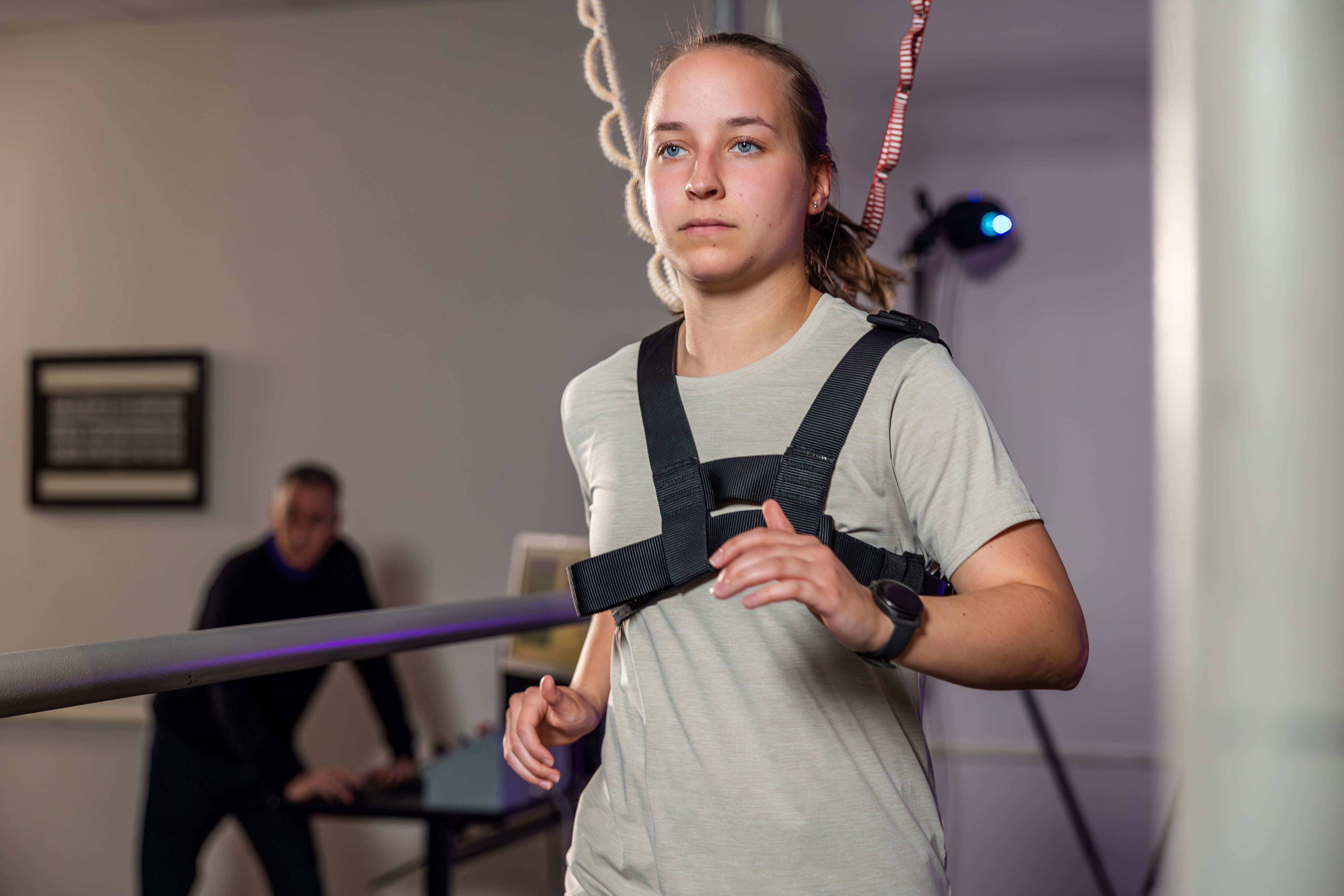The 2024 Olympic Games in Paris continues to captivate audiences worldwide, and the men’s and women’s 100-meter finals were no exception.
In a breathtaking display of speed and skill, Noah Lyles stormed to victory, capturing the gold medal and solidifying his status as one of the world's fastest men. In the women's 100-meter final, Julien Alfred emerged victorious, clinching the gold medal with an awe-inspiring performance.
This race epitomized the spirit of the Olympics, bringing together the world's best athletes in a celebration of human potential and excellence. But how did they do it?
TCU Kinesiology Chair and world-renowned biomechanist, Peter Weyand, Ph.D., provides a comprehensive race analysis, helping audiences all over the world delve into the science behind these extraordinary performances in The New York Times’ “How Noah Lyles Won the Men’s 100-Meter Gold by a Fraction” and “How Julien Alfred Beat Sha’Carri Richardson for Gold.”
 Weyand's expertise illuminates the intricacies of human biomechanics and sprint strategies,
offering a deeper appreciation for the athleticism and precision required to excel
at this level. His breakdown of the athletes' performances sheds light on the science
behind their speed, highlighting critical moments and technical nuances that defined
the race.
Weyand's expertise illuminates the intricacies of human biomechanics and sprint strategies,
offering a deeper appreciation for the athleticism and precision required to excel
at this level. His breakdown of the athletes' performances sheds light on the science
behind their speed, highlighting critical moments and technical nuances that defined
the race.
His analysis enriches the Olympic experience for fans, offering a scientific perspective that underscores the extraordinary achievements of these remarkable men and women. His contributions help us all better appreciate the blend of talent, training and biomechanics that drive Olympic-level success.
 Additional commentary by Weyand on the 2024 Olympic Games:
Additional commentary by Weyand on the 2024 Olympic Games:
PBS Boston's "Fast but not fast enough: A bittersweet Olympics for runners who didn't make the cut"
If you’ve been in disbelief watching the track events in the Paris Olympics, you aren’t alone. The performances have seemed almost superhuman, with new record times and dramatic come-from-behind victories. But super speed is not unique to this Olympics.
The Washington Post’s "Fastest, Highest, Strongest"
An analysis of the progression of records in swimming and track and field events illustrate the varying degrees technology, training and talent have influenced both sports.
Die Zeit’s "Going Well"
For a long time, humans have been getting faster and faster. But the limits of their performance seem to have been reached. Now scientists are asking themselves: is there more that can be done?
